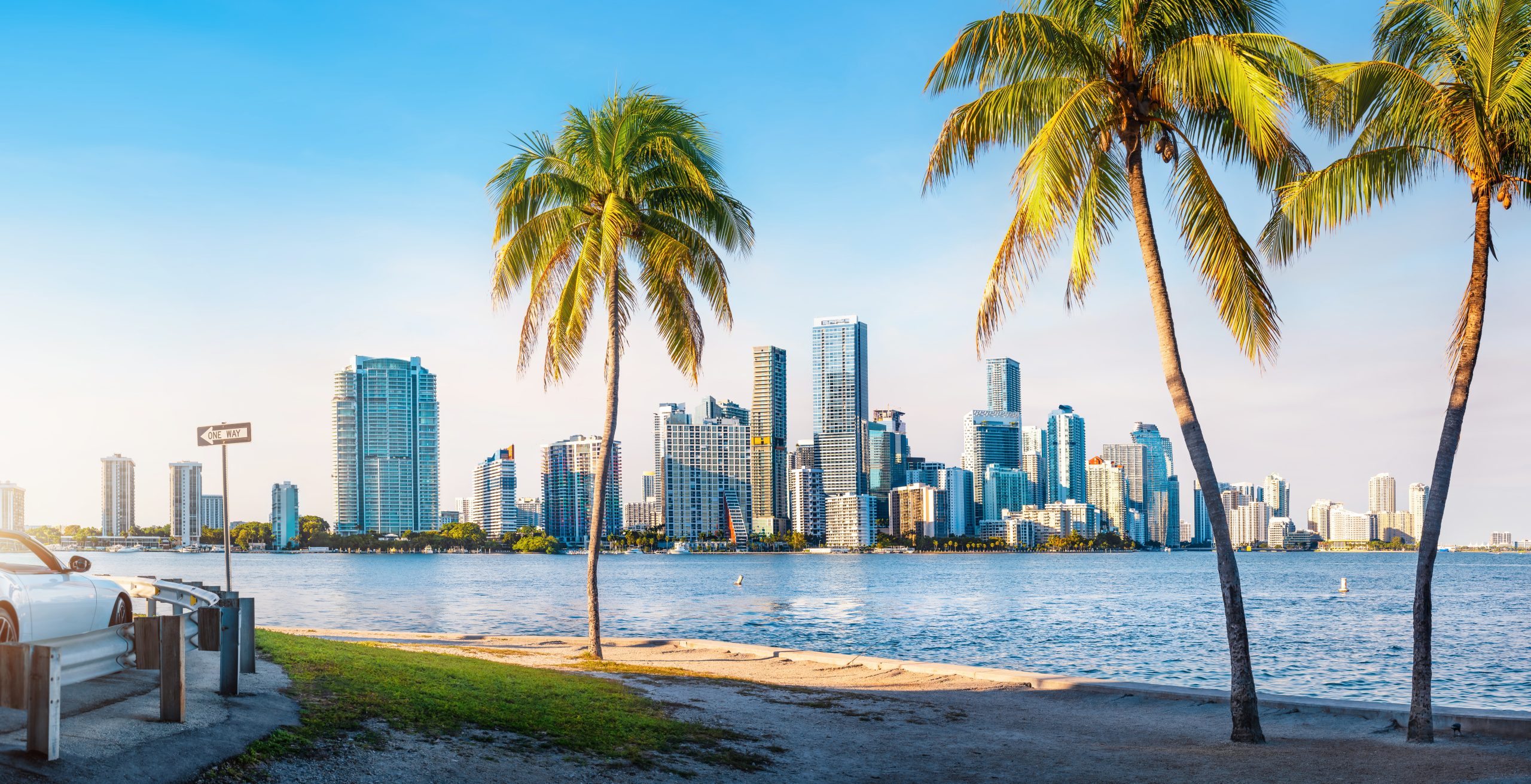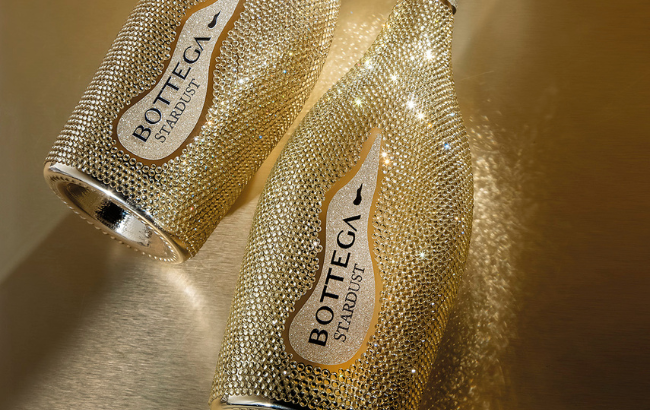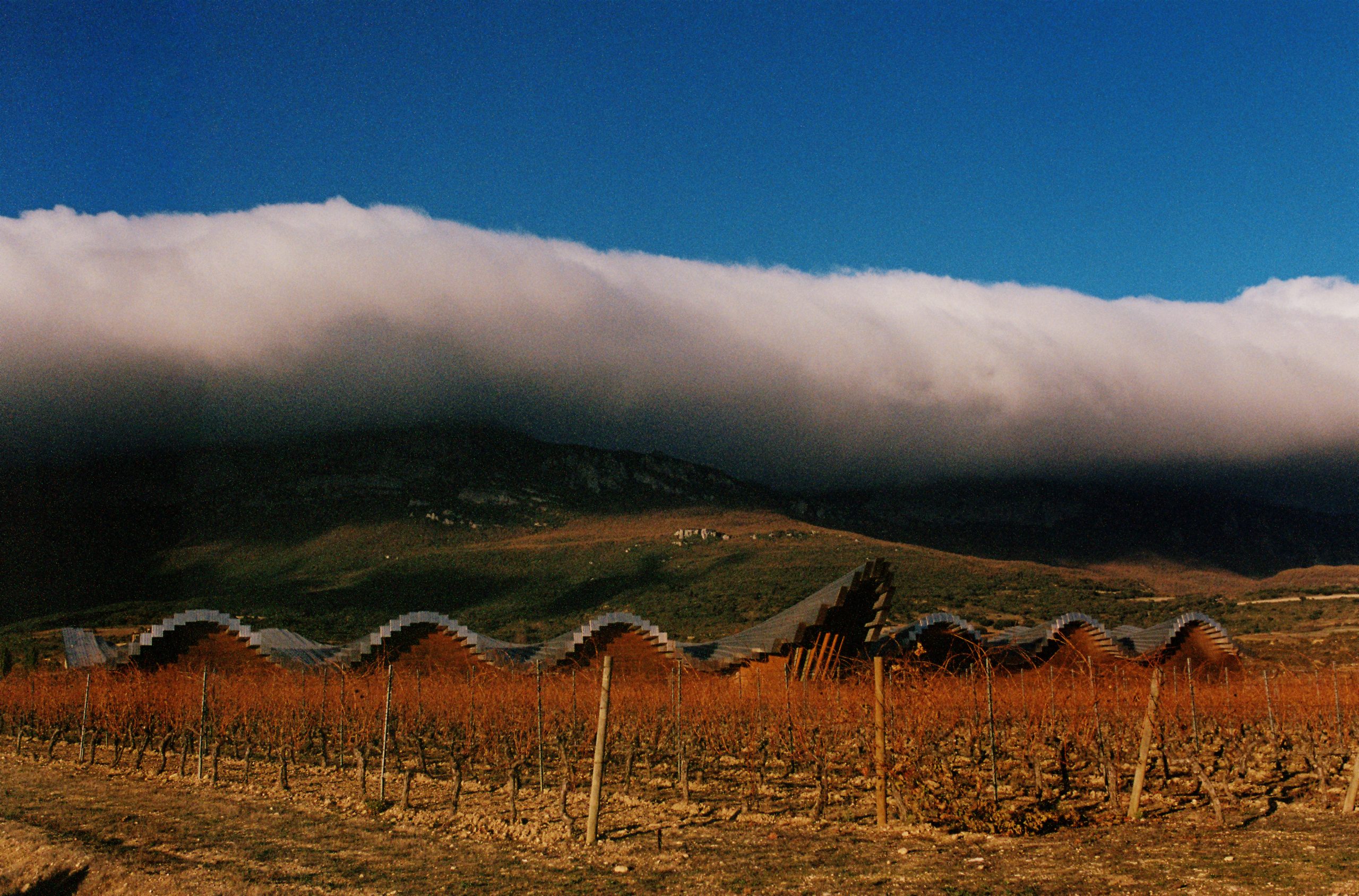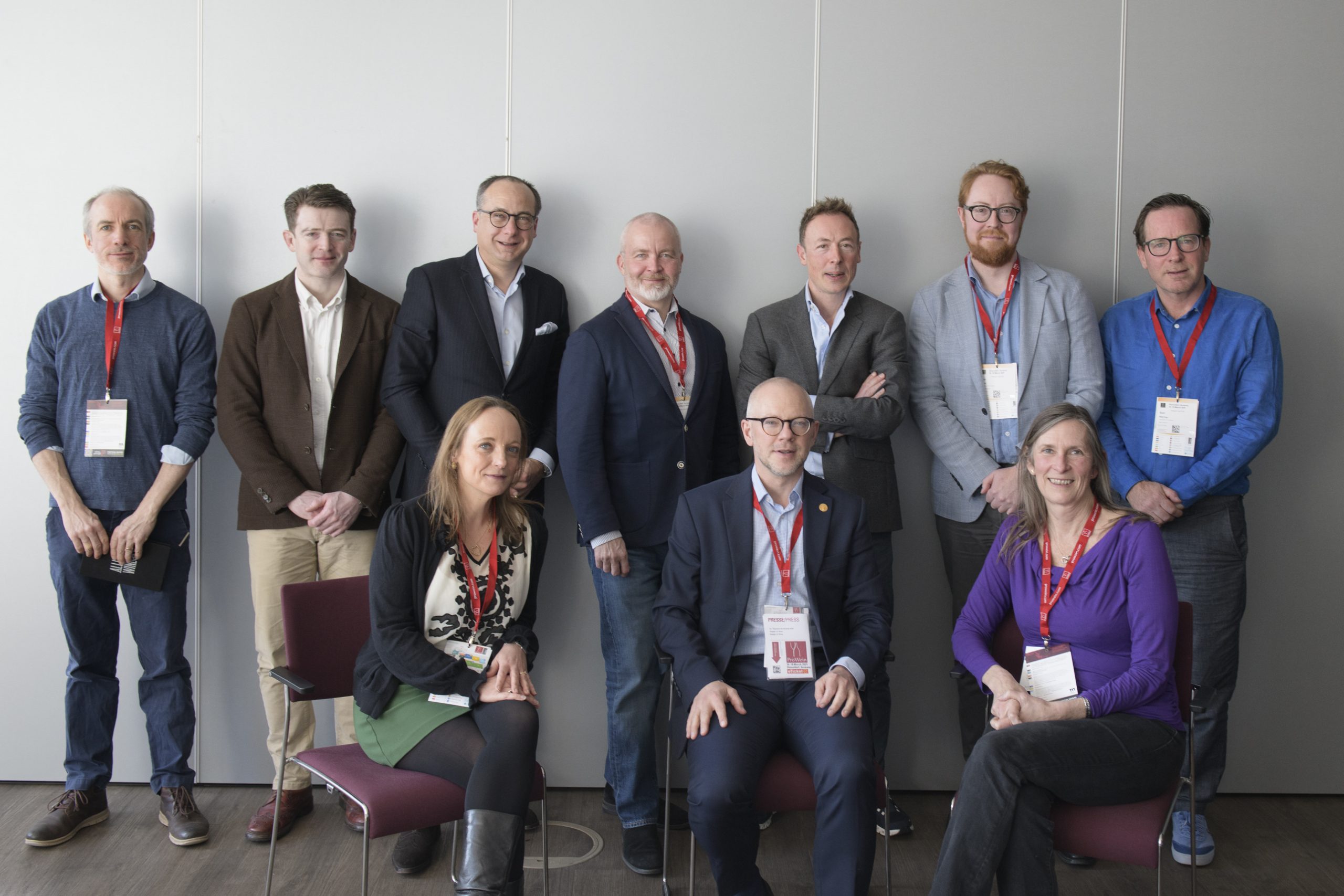En primeur: “attractive pricing is the proven way to stimulate demand”
The 2021 en primeur campaign that launched this week (25 April) provides “another chance to energize the market”, Liv-ex has said – but it warned that attractive pricing was “the proven way to stimulate demand” in a campaign where sentiment was “lukewarm” and financial headwinds are strong.

A key aspect in the changing sentiment towards en primeur was cited in the report as the broadening of the secondary market, due to the less favourable return on investment of Bordeaux wines.
For example, it pointed out that the average price of the 2010 vintage, which was released during the “China-led bull run” in 2011, was 11% lower by the time the wines were physically available and are still 2% below the en primeur release price a decade later. Similarly, the “off” 2017 vintage is 7% cheaper than it was on release.
When factoring storage and logistics costs, even small returns – such as the 2009 or 2016 vintages which Liv-ex’s data shows is 7% (although many wines are still available at the release price), or the 3% return on the 2018 vintage – have proved negative investments.
Vintages that have rendered the best returns are the 2005 and 2008 (up 107% and 108% on their respective release prices), while the good 2019 vintage has proved sounder, up 26% on its release price, as we will explain below.
It noted that Bordeaux faces increasingly fierce competition from other wine-producing regions. In the year to date, for example, Bordeaux’s market share has slumped to around 30% – an historically low level.
Tuscan and Californian wines are proving “the real challenge” to Bordeaux, Liv-ex said, and “both regions are beginning to offer more attractive returns than their Bordeaux counterparts, which only creates increased interest”.
Balance sheets stretched
Bordeaux stock has been slower to sell Liv-ex reported, noting that “balance sheets in Bordeaux have been stretched further”, and the rising net debt to equity ratios means that a higher percentage of stock is being financed through debt.
“With the world facing a period of sustained inflation and central banks indicating several rate rises to come, [UK] trade buyers will not just be looking to the quality and price of the vintage, but to their own balance sheets too, when deciding upon their buying strategy this year”.
It noted that the Bordeaux trade faced negative operating margins in 2020, and in order to increase profits, they need to sell more stock faster.
Partner Content
The report noted that producers hade made a “conscious effort” to invest in marketing, PR, data and tasting, as well as making a discernible shift towards sustainable, organic and biodynamic production, which not only carries environmental benefits but “social and marketing cachet”. Various ex-cellar auctions have also helped keep Bordeaux in mind.
Attractive pricing is key
However, Liv-ex concluded that attractive pricing was still the key way to stimulate demand and Bordeaux “needs to be an attractive proposition for all of those involved in the supply chain.”
It noted that the covid-struck 2019 campaign took into account the commercial reality of the day-to-day market rather than relying on the inherent perception of vintage quality as based on critics’ scores. In a year when rising inflation, rising taxes and rising interest rages are still causing headwinds, this would seem the most sensible route to take.
“The chateaux price positioning left room for profit for the supply chain and stimulated demand for Bordeaux,” it said, adding that this had resulted in the 2019 vintage being the most traded Bordeaux vintage by value and the second most by volume.
It picked out Cheval Blanc’s well-priced release in particular, pointing out that the chateau had subsequently revealed it had deliberately positioned its release price against its other vintages already in the market.
“It is precisely this combination of bringing value back to every point of the supply chain that will guarantee that Bordeaux remains a key force in the secondary market for fine wine,” the report concluded. “These wines should be priced to get this vintage out of Bordeaux and into cellars to be enjoyed as the truly great vintages come of age.”
See here for db’s detailed break down of the Bordeaux 2021 weather report, which is précised here.
Related news




